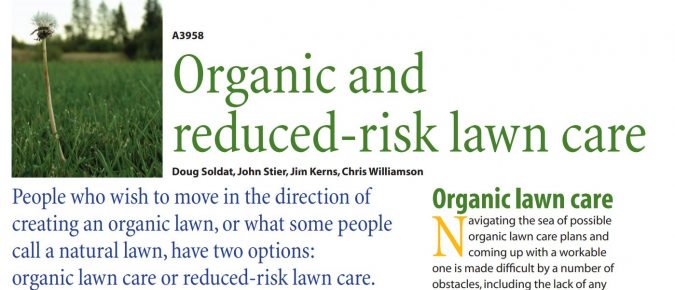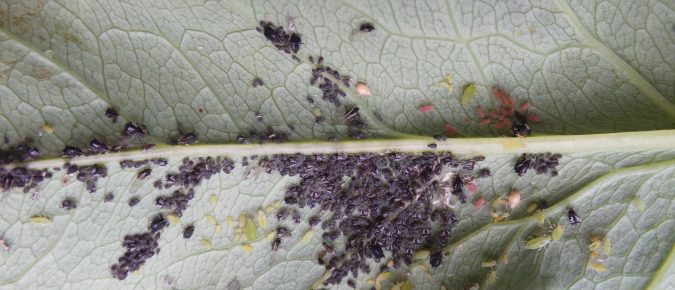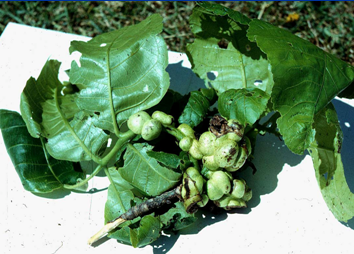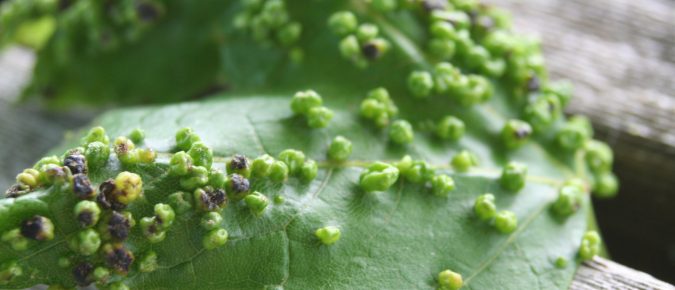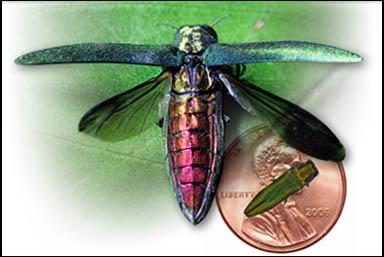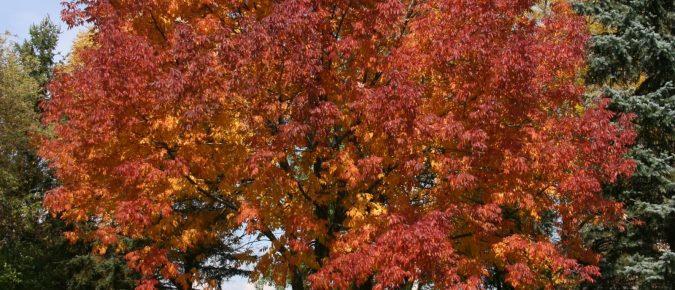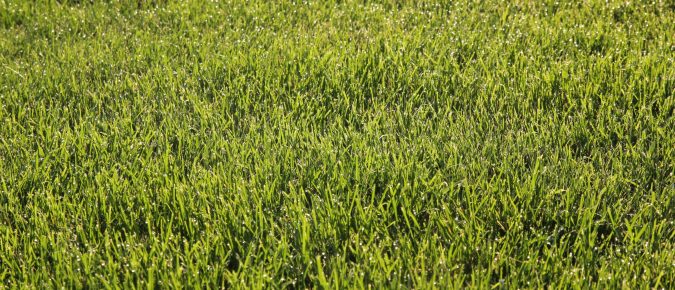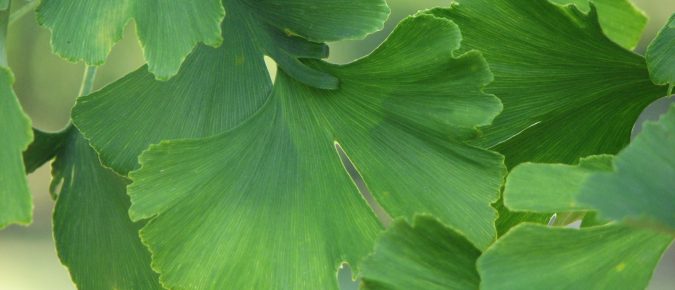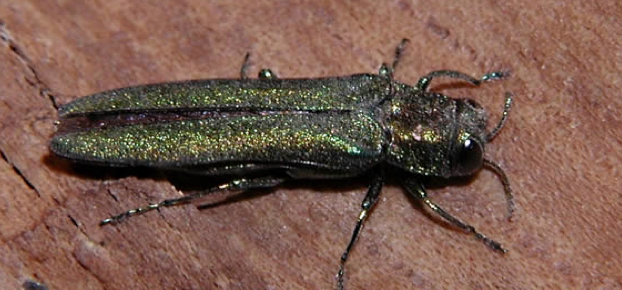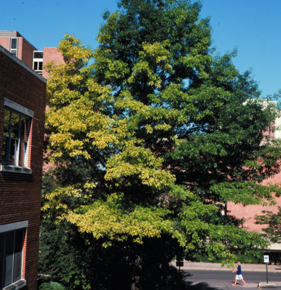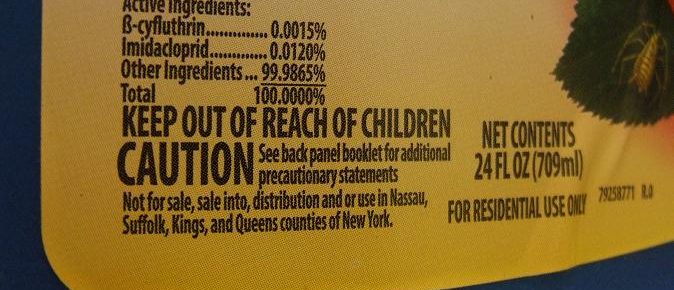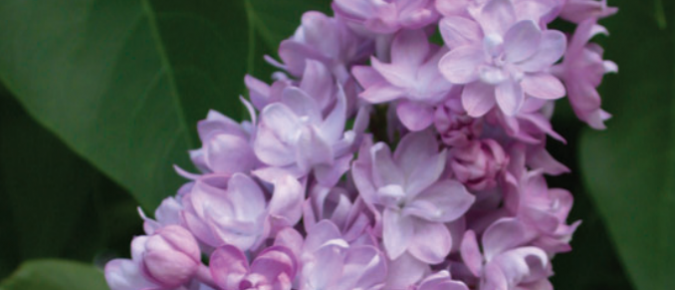Articles
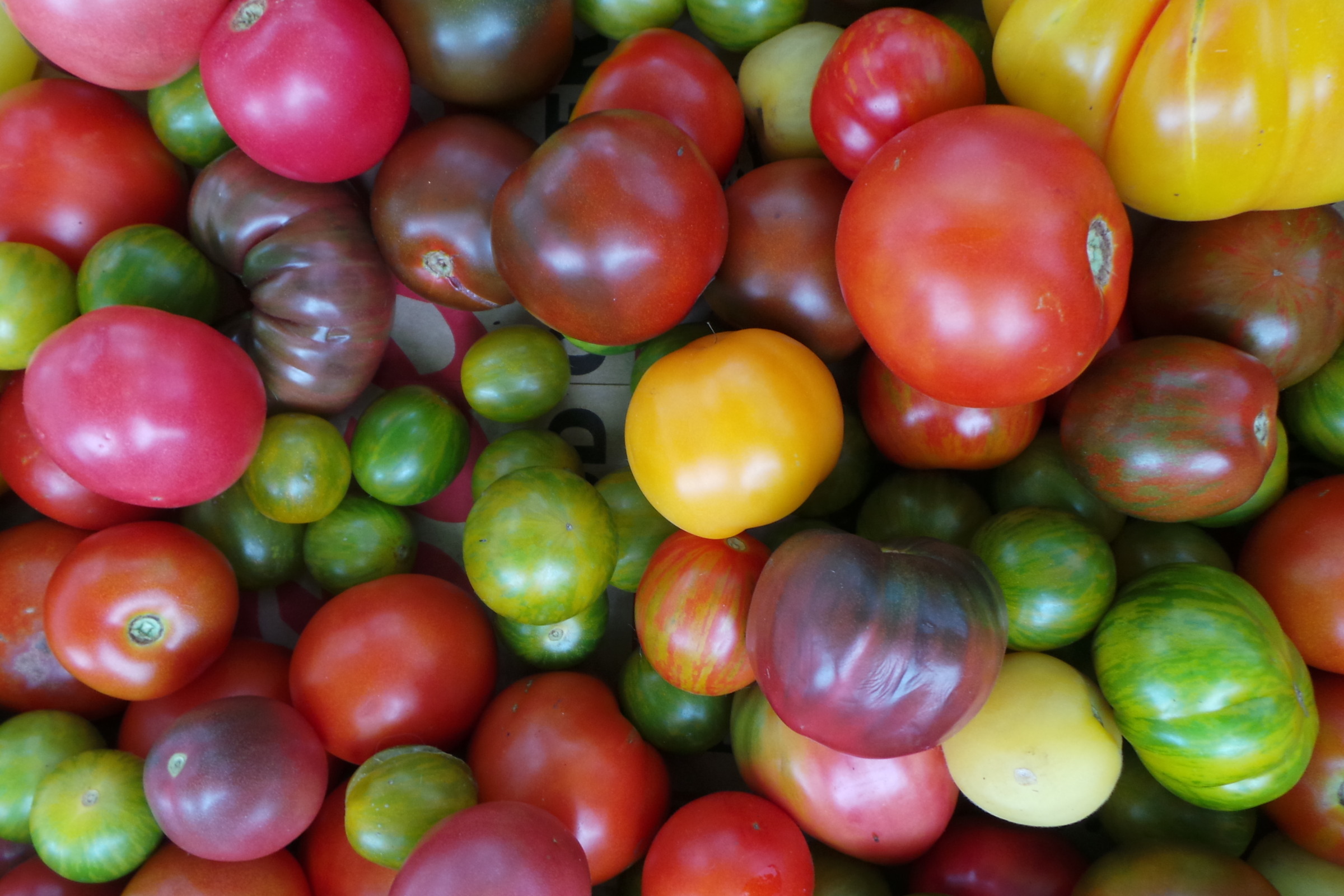
Gardening Articles
Research-based horticulture information to help keep your plants and gardens thriving.
Organic and Reduced-Risk Lawn Care
More and more people wish to move in the direction of creating an organic lawn, or what some people call a natural lawn. This publication helps them decide which route to follow: organic lawn care or reduced-risk lawn care.
Aphids, in-depth
Aphids are really fascinating insects, with bizarre lifestyles and eating habits Learn more about this large group of insects and how to manage them in the garden in this article…
Deciduous Tree Galls
Galls are abnormal growths on plants that can result from the feeding of living organisms such as bacteria, fungi, nematodes, insects and mites. Learn about common galls in this factsheet.
Maple Gall Mites (Eriophyidae)
Inside little green or red bumps or other weird growths on maple leaves are tiny eriophyid mites, feeding on the developing gall tissue. Learn more about these mites and what to do about them in this article on maple gall mites.
Protecting Your Tree From Emerald Ash Borer
EAB was discovered in Wisconsin in 2008 and has been slowly spreading ever since. In this video, entomologists demonstrate how homeowners can protect their trees from this insect.
Is My Ash Tree Worth Treating for Emerald Ash Borer?
When should I treat my ash tree for EAB? This factsheet addresses some of the most frequently asked questions regarding the treatment of ash trees for EAB, and the removal and disposal of infested trees.
Organic Lawn Fertilization
Interest in organic, sustainable gardening has grown to include lawn care practices, including use of organic fertilizers derived from natural sources. Learn how organic and conventional fertilizers differ here.
Ash Alternatives for Homeowners and Professionals
Find suggestions for which trees to plant to replace ash trees, which are being devastated by Emerald Ash Borer.
Homeowner Guide to Emerald Ash Borer Insecticide Treatments
This factsheet describes considerations and products for treating ash trees with insecticides to control Emerald Ash Borer.
Chlorosis
Chlorosis is a common nutritional disorder of many woody ornamentals in Wisconsin, particularly in the southern and eastern parts of the state. This factsheet describes symptoms, causes and cures.
Home Landscape Insecticides
This factsheet describes active ingredients available for homeowners and the landscape insects they control.
Lilacs for Cold Climates
Learn about the best-rated lilacs for Wisconsin’s cold climate, and how to care for these plants for years of enjoyment.

